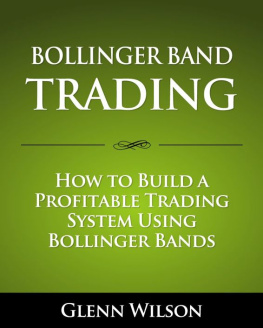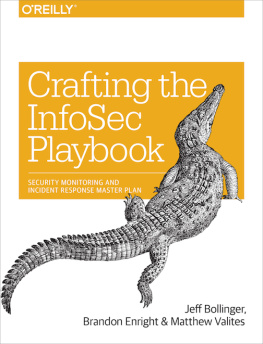Praise for
Bollinger on Bollinger Bands
Im proud to say John Bollinger has been a friend of mine for 20 years. The Wall Street community is full of very bright people, and John is one of the brightest. I have always been impressed with his intelligence, his common sense, and most of all his integrity. The Bollinger Bands he developed have become an important tool for traders looking for a simple, effective way to identify market trends. This book is a wonderful, easy-to-understand explanation of his famous baby.
BILL GRIFFETH
CNBC TV Anchor
Get the word from the Master! Bollinger, who skillfully writes an insightful weekly commentary, has turned his skills to the trading techniques you can use to successfully trade the indicator which bears his name. The three trading schemes cover everything but range trading, and the indicator discussion is heaven for tech junkies.
JOHN SWEENEY
Editor
Technical Analysis of Stocks & Commodities
Bollinger Bands have always been both popular and powerful. Now John explains the Bands in detail, from the Squeeze to the Walk to the relationship between the Bands and other indicators.
STEVE ACHELIS
Author of Technical Analysis from A to Z
BOLLINGER ON BOLLINGER BANDS


Copyright 2002 by McGraw-Hill Education. All rights reserved. Except as permitted under the United States Copyright Act of 1976, no part of this publication may be reproduced or distributed in any form or by any means, or stored in a database or retrieval system, without the prior written permission of the publisher.
ISBN: 978-0-07-138673-9
MHID: 0-07-138673-4
The material in this eBook also appears in the print version of this title: ISBN: 978-0-07-137368-5, MHID: 0-07-137368-3.
E-book conversion by codeMantra
Version 2.0
All trademarks are trademarks of their respective owners. Rather than put a trademark symbol after every occurrence of a trademarked name, we use names in an editorial fashion only, and to the benefit of the trademark owner, with no intention of infringement of the trademark. Where such designations appear in this book, they have been printed with initial caps.
McGraw-Hill Education eBooks are available at special quantity discounts to use as premiums and sales promotions or for use in corporate training programs. To contact a representative please visit the Contact Us page at www.mhprofessional.com.
This publication is designed to provide accurate and authoritative information in regard to the subject matter covered. It is sold with the understanding that neither the author nor the publisher is engaged in rendering legal, accounting, futures/securities trading, or other professional service. If legal advice or other expert assistance is required, the services of a competent professional person should be sought.
From a Declaration of Principles jointly adopted by a Committee of the American Bar Association and a Committee of Publishers
TERMS OF USE
This is a copyrighted work and McGraw-Hill Education and its licensors reserve all rights in and to the work. Use of this work is subject to these terms. Except as permitted under the Copyright Act of 1976 and the right to store and retrieve one copy of the work, you may not decompile, disassemble, reverse engineer, reproduce, modify, create derivative works based upon, transmit, distribute, disseminate, sell, publish or sublicense the work or any part of it without McGraw-Hill Educations prior consent. You may use the work for your own noncommercial and personal use; any other use of the work is strictly prohibited. Your right to use the work may be terminated if you fail to comply with these terms.
THE WORK IS PROVIDED AS IS. MCGRAW-HILL EDUCATION AND ITS LICENSORS MAKE NO GUARANTEES OR WARRANTIES AS TO THE ACCURACY, ADEQUACY OR COMPLETENESS OF OR RESULTS TO BE OBTAINED FROM USING THE WORK, INCLUDING ANY INFORMATION THAT CAN BE ACCESSED THROUGH THE WORK VIA HYPERLINK OR OTHERWISE, AND EXPRESSLY DISCLAIM ANY WARRANTY, EXPRESS OR IMPLIED, INCLUDING BUT NOT LIMITED TO IMPLIED WARRANTIES OF MERCHANTABILITY OR FITNESS FOR A PARTICULAR PURPOSE. McGraw-Hill Education and its licensors do not warrant or guarantee that the functions contained in the work will meet your requirements or that its operation will be uninterrupted or error free. Neither McGraw-Hill Education nor its licensors shall be liable to you or anyone else for any inaccuracy, error or omission, regardless of cause, in the work or for any damages resulting there from. McGraw-Hill Education has no responsibility for the content of any information accessed through the work. Under no circumstances shall McGraw-Hill Education and/or its licensors be liable for any indirect, incidental, special, punitive, consequential or similar damages that result from the use of or inability to use the work, even if any of them has been advised of the possibility of such damages. This limitation of liability shall apply to any claim or cause whatsoever whether such claim or cause arises in contract, tort or otherwise.
CONTENTS
PART I
IN THE BEGINNING
PART II
THE BASICS
PART III
BOLLINGER BANDS ON THEIR OWN
PART IV
BOLLINGER BANDS WITH INDICATORS
PART V
ADVANCED TOPICS
PART VI
SUMMING UP
LIST OF ILLUSTRATIONS
LIST OF TABLES
FOREWORD
In June of 1984 I first walked through the door of 2525 Ocean Park Boulevard in Santa Monica, California. It was the home of the Financial News Network, the nations first television network dedicated solely to the coverage of economic, market, and business news. FNNs headquarters was an ungodly place, a ramshackle box of a two-story building. It was singularly unimpressive. Square, somewhat dilapidated, and cramped, it housed scores of employees who were charged with putting on 12 hours of business news every day, for little money and for virtually no viewers. Such was the environment I encountered exactly 17 years ago.
I took an entry-level job at FNN because neither Mr. Spielberg nor Mr. Lucas recognized my budding talent as a filmmaker. Not that they knew I existed, but while I was convinced of my potential as a world-class auteur, no one else seemed to notice my graduation from film school. Only an old friend from high school offered me gainful employment, and it was in an area of the media with which I was thoroughly unfamiliar. For me FNN was a temporary resting place, a ground-floor opportunity that would pay the bills while I peddled my scripts for mainstream TV shows and feature films that would one day soon make me rich and famous.
So I began my job at FNN with some reservation. While it represented a learning experience that could help me hone my media skills, the content was frighteningly dull, or at least I thought at the time. There were many numbers (which I did not have the head for), a lot of jargon, and there were many items I had simply never heard of ... wool futures and palm oil markets immediately leap to mind. But the people in the newsroom of FNN were interested in all of it, which intrigued me greatly. What was it about this seemingly meaningless stuff that had an entire room full of people so fully engaged? Why were they looking at charts and graphs? What, on earth, were they talking about day in and day out? I began to get curious.
Next page

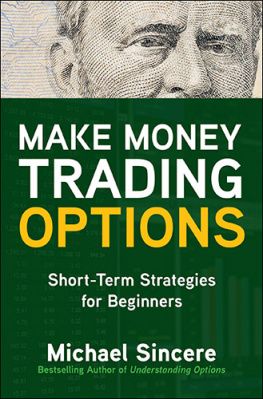

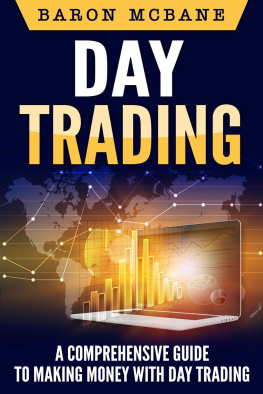


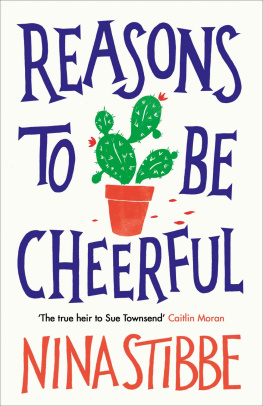
![Bollinger Jeff - Crafting the infosec playbook [security monitoring and incident response master plan]](/uploads/posts/book/193800/thumbs/bollinger-jeff-crafting-the-infosec-playbook.jpg)


